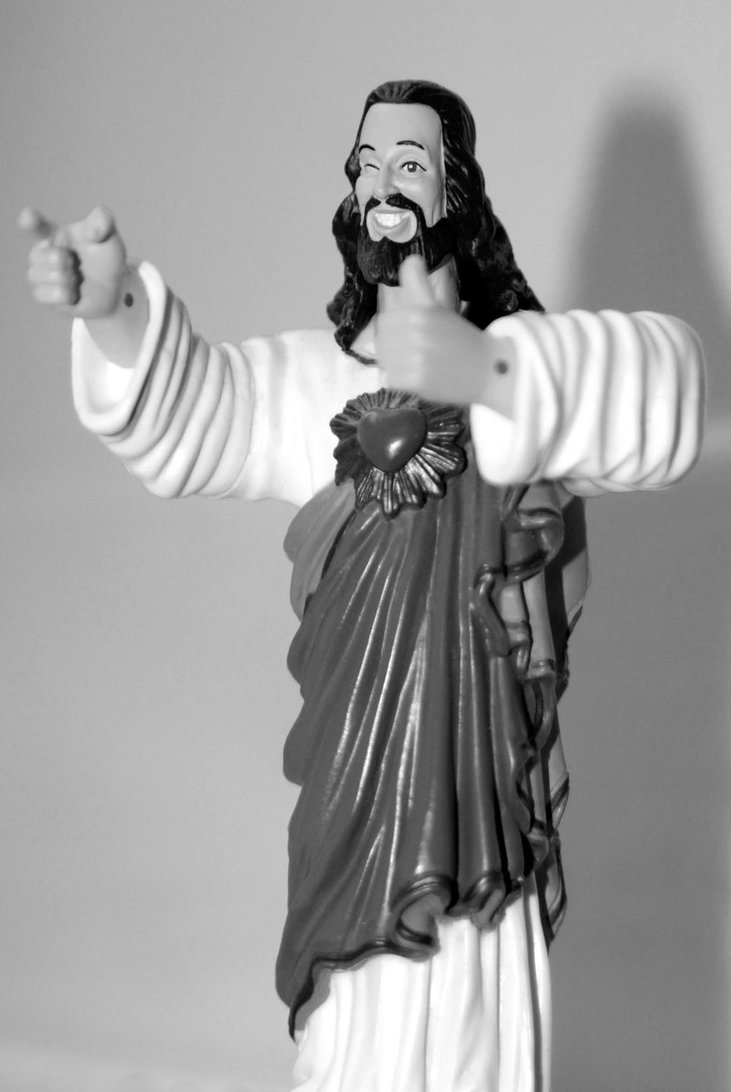
Barton, the son of a New England Congregational minister, made his fortune in marketing and advertising (he invented “Betty Crocker”). Not surprisingly, Americans’ images of Jesus moved toward a rugged male version of the Son of Man.Īmong the most prominent boosters of this new vision, Prothero notes, was Bruce Barton. “Muscular Christianity” became a buzzword, promoted by groups such as the YMCA as part of a growing tolerance for sports and exercise, emphasizing manly vigor. Farmers, loggers, miners, cowboys and on-the-make entrepreneurs rebelled at picturing JesusĪs a mama’s boy. Even more intimate was the 1912 classic “In the Garden,” which describes a Jesus who “walks and talks” with us and tells us that we are “His own.” It would be hard to envision this Jesus overturning tables in the temple courtyards.Īmerica in the late 19th century was a pretty rough-and-tumble place.

To many evangelical Protestants of the late 19th and early 20th centuries there was, indeed, “no friend like the lowly Jesus, no not one!” Prothero points out dozens of hymns from this period with the “friend” imagery, including probably the most popular of them all, the enduring “What a Friend We Have in Jesus” (1855).

The tender, maternal Jesus, Prothero contends, easily lent itself to a related “sub-Jesus” of the era: Jesus as Friend. Plockhorst “borrowed from European paintings of the Madonna and Child” but reversed the usual roles — in this instance, the cherubic babe was found “sitting on the lap of an adoring Jesus.” Think of Bernhard Plockhorst’s popular “Jesus Blessing the Children” (1885). The Savior became all love and motherly hugs: humble, pure, tender, comforting, truly “gentle Jesus, meek and mild.” Prothero points out that the artwork American Protestants hung in their homes reflected this. In Victorian 19th century, the emphasis was on feminine virtue and its role in civilizing both the home and the larger society. Let’s take Prothero’s archetype of the Sweet Savior. Mormon Elder Brother won’t resonate with many, with the possible exception of the struggling non-Mormon youth pastor marooned in Latter-day-Saint country, such as rural Utah or Idaho.īut there is plenty of evidence that modern-day Christians — even those who tout their allegiance to Sola Scriptura — are guilty of cutting and pasting together their own versions of a Jesus to fit their predispositions. Those who profess a commitment to biblical revelation might click their tongues at the deistic, moralistic concepts of Jesus the Enlightened Sage — famously exemplified by the likes of Thomas Jefferson and his miracle-free, oh-so-18th-century Jefferson Bible. Sweet Savior, Manly Redeemer, the Superstar, Mormon Elder Brother, Black Moses, Rabbi and Oriental Christ. Prothero argues that there have been eight major archetypes of Jesus portrayed in the course of the American experiment: Jesus as the Enlightened Sage, the

Prothero’s American Jesus, in particular, does a splendid job of bringing to light some of the widespread conceptions of Jesus that have been popular in U.S.

The problem is telling the difference between lifting up the universally relevant Jesus Christ and squeezing Him into culturally constructed roles as a shill for everything from candy bars to political platforms.Īmericans seem to have unique problems with remaking Jesus in their own images, as we see in two recent books: Richard Wightman Fox’s Jesus in America: Personal Savior, Cultural Hero, National Obsession (HarperSanFrancisco, 2004) and Stephen Prothero’s American Jesus: How the Son of God Became a National Icon (Farrar, Straus and Giroux, 2003). Jesus Himself was quoted in John 12:32 as saying, “I, if I be lifted up from the earth, will draw all men unto me” (KJV). He is the Son of God, Son of Man, King of Kings, the Messiah, the Prince of Peace, the Word, the Light, the Alpha and Omega, the Vine, the Lily of the Valley and on and on. After all, the Bible provides us with well over a hundred names, titles, descriptors and word pictures of Jesus. In some ways, this profusion of Jesuses shouldn’t be all that surprising.


 0 kommentar(er)
0 kommentar(er)
